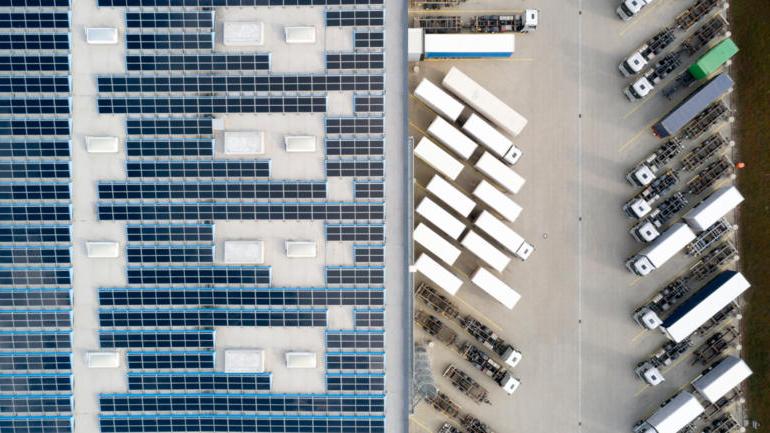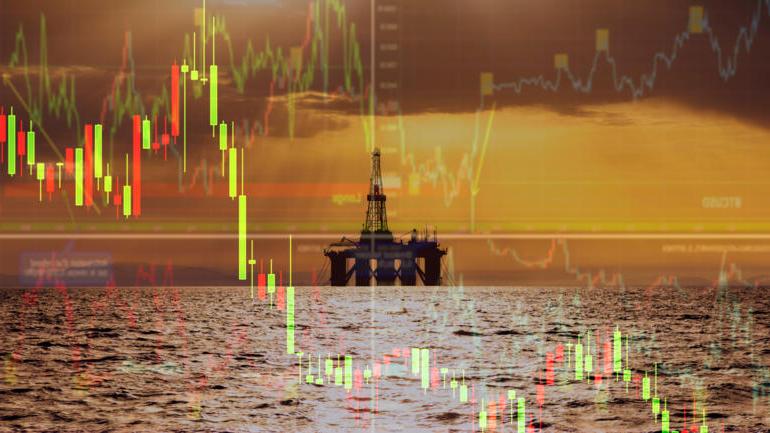气候变化的影响已经以更频繁的风暴的形式表现出来, flooding, wildfires, droughts, and more. Look at what's happening in the US: California wildfires, 西南部的极端干旱迫使州政府考虑制定用水限制, severe flooding that knocked out drinkable water for over a week in Jackson, Mississippi. These events typically disrupt the supply chain, reducing the supply of goods and services, increasing consumer costs and reducing corporate profits.
Companies have a role in mitigating climate change's worst impacts. According to the US Environmental Protection Agency (EPA), 一家公司的供应链通常占其对气候总影响的90%以上. Thus, reducing supply chain emissions (or "Scope 3") is not only better for the planet, it also strengthens the resiliency of company business operations – which in turn, guards against product disruptions, 降低消费者的成本,增强公司的竞争能力和盈利能力. As climate-related disasters and other risks become increasingly common, creating resilient businesses has never been more important.
But what are companies doing in this regard? A closer look at companies claims, such as "accelerating efforts to tackle the climate crisis——经常出现在营销和投资者演讲中——表明,这些主张中的许多仍然相当有限,最终无法在减少供应链排放方面产生任何有意义的影响. In fact, a recent survey by the Institute for Supply Management – the oldest, and largest supply management association in the world with more than 50,研究发现,只有37%的成员有专门针对供应链管理的短期或长期正规博彩十大网站排名目标, 60%的成员甚至不要求他们的一级供应商有任何正规博彩十大网站排名目标.
供应链缺乏正规博彩十大网站排名目标的主要制约因素是,执行这些目标所需的工具和指标仍处于起步阶段. Indeed, 要推动企业供应链实现有意义的减排,一个关键挑战是衡量标准缺乏一致性, as well as lack of a standardized set of data to measure against.
Encouragement vs. Requirement
The unfortunate reality is that most companies merely "encourage" their suppliers to reduce their emissions rather than requiring them to do so. I get it – I was formerly the chief sustainability officer at a Fortune 500 company. The prevailing attitude was very much that "if we don't want anyone telling us to do something, why should we tell our suppliers they must do something?"
Realistically, 大公司所面临的气候压力还只是冰山一角(不断融化). Most are not feeling the need to disclose and reduce these emissions yet.
最终,跨国公司将被迫这样做——它们的供应商也将如此. Failure to comply will result in a competitive disadvantage, 未能实现净零目标,并有可能获得资金和公司的社会经营许可证. Additionally, in the US, 美国证券交易委员会(SEC)正在权衡是否要求公司更有力地披露其排放情况, citing increased demand for more transparency from investors.
Rather than wait until reductions in supply chain emissions are mandated, 公司现在可以采取一些切实可行的步骤,以一种既反映公司文化又加强与供应商关系的方式,最好地管理和控制供应链排放的减少.
有四个基本步骤,每个步骤都应纳入投资者和监管要求:
- 针对长期关键业务材料和服务绘制供应链排放“热点”图. 这使公司能够快速确定需要立即参与的供应商,以解锁减少和保障供应. This will also highlight the company's risks, which should be shared with investors.
- 现在就开始与所有主要供应商合作,在强制执行之前激励供应链去碳化. The more time passes, the more challenging and expensive it will be to decarbonize. WBCSD's Incentivizing Supply Chain Decarbonization report, of which 11 WBCSD member companies participate, explores a range of incentivization options for companies and suppliers, and WBCSD is working with our members to implement these options.
- Verify emissions reductions using third parties, such as professional organizations and non-governmental organizations (NGOs). 它们将为企业的减排努力带来可信度(可能还会受到审查)和透明度, 要确保一家公司不只是“洗绿”或“给猪涂口红”,哪些因素至关重要.“值得注意的是,衡量和报告的步骤可以同时进行.
- Additionally, while engaging with suppliers to reduce emissions, 企业应该用高效的系统将碳和其他温室气体(GHG)排放数据数字化, such as WBCSD's Partnership for Carbon Transparency (PACT). PACT与脱碳合作伙伴的生态系统合作,使排放数据标准化,并使其能够在众多碳会计技术系统和平台之间进行交换.
As an example, 几家公司在液体洗衣液价值链的试点中测试了PACT技术规范,以确保他们实现了目标. The pilot involved Aptar, BASF, Chevron, Dow, Solvay, and Unilever. 使用CircularTree目前正在开发的多种不同解决方案,成功地交换了数据, IBM, SAP, and Siemens, reflecting the realities of how transparency will be created. Through participation in such data exchange pilots, 这些公司正在为建立排放透明度奠定必要的基础——这是减排的关键一步.
At Climate Week, I want to find those companies that truly drive meaningful impact. I will be looking for two things:
- Public and private companies that are requiring their suppliers to quantify, measure, and reduce their carbon and GHG emissions, and that are supporting suppliers on this journey.
- 他们在多大程度上开发了识别和衡量贯穿其整个价值链的一致数据集的方法,并确保披露所述数据.
过去几年,我们看到了2019冠状病毒病大流行对全球供应链的冲击, the war in Ukraine, 而由气候变化导致的极端天气模式所造成的破坏性影响,将造成持久的影响, evolving challenges to supply chains.
有意义地减少公司供应链的排放对于保护国内和全球供应链免受这些持续中断的影响至关重要. 这样做将有助于加强供应链的弹性,并确保货物和服务的持续流动, which ultimately will decrease costs for consumers.








